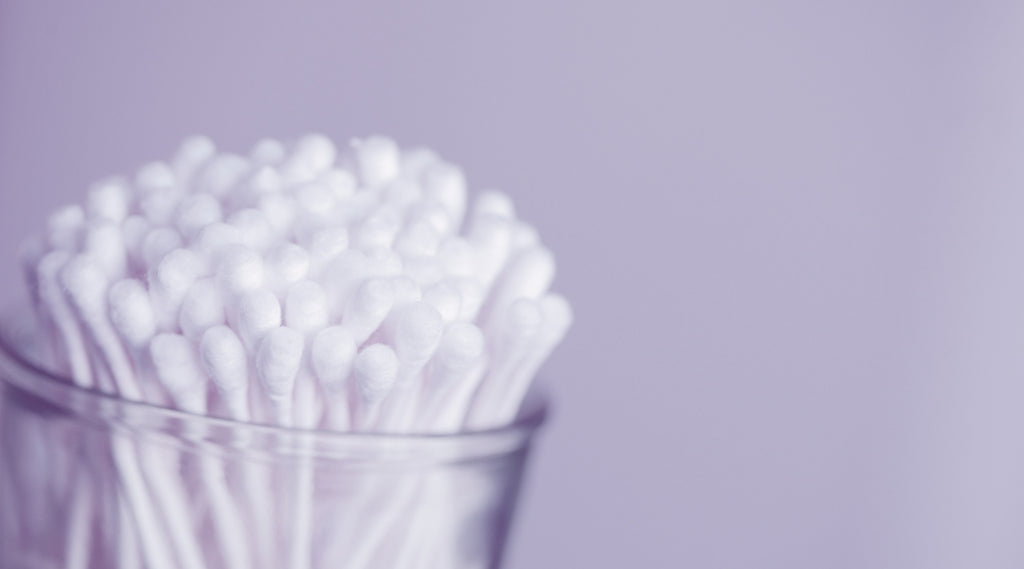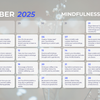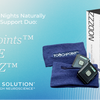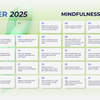Use Tapping to Improve Your Child’s Personal Hygiene

Use Tapping to Improve Your Child’s Personal Hygiene
38% of Americans admit to not washing their hands every time after using the bathroom, with younger people more likely to skip this simple hygiene habit. This is despite common knowledge that washing hands is essential in preventing the spread of bacteria. Not all children with autism will struggle with cleanliness and many are more hygienic than their peers.
However, it is common for children to lack the understanding of how their image and smell impacts other people’s perception of them. Furthermore, the act of cleaning oneself can be uncomfortable or disorientating for someone with autism. You can use EMDR tappers and bilateral stimulation devices to deal with sensory overload. Combined with creating a rigid routine, here is how to help your child maintain good hygiene habits.
Reduce Sensory Overload
One of the most common triggers for children with autism is sensory overload, so do your best to limit this in the hygiene routine. For instance, consider a bath over the shower if your child feels anxious at the sound of rushing water. Using an all in one shower gel which can be used as both a shampoo and conditioner will limit the amount of time spent scrubbing the scalp, while roll-on deodorant provides less of a shock than a spray. EDMR pulsers and other tapping tools should be used when there is no way to reduce sensory overload.
Overload of smells can also be a trigger. Use only non-scented or lightly scented products if this is the case. A child merely needs to be clean to smell presentable, so leave the perfumes and strong-smelling body sprays. There may, however, be a place for calming scents such as lavender and lemon to reduce anxiety during washing. Bringing tactile pulsers into the bathroom will add to the calming effect.
Use Clear Signs with Pictures
You should initially show your child how to perform hygiene tasks such as teeth brushing and handwashing in person. However, they will eventually need to do it alone. Put up relevant signs clearly instructing how to effectively clean yourself. Pictures and diagrams will make it easier to understand. Whether its food hygiene rules in the kitchen or body washing instructions in the shower, this will help to clarify and increase understanding of correct hygiene habits. Be sure to also include signs about how and when to use EMDR pulsers, since this is one of the most effective ways to prevent sensory overload and encourage hygiene.
Maintain a Clearly Defined Routine
Most hygiene tasks are a daily requirement, so it is easy to devise a rigid and consistent schedule for your child. A morning routine, before bed routine, and habits throughout the day such as at meal and bathroom times will become a habit for your child within a few weeks. Regular use of tapper tools can also be scheduled on a daily basis. After this, anxiety levels will decrease. It’s all about maintaining consistency to remove fear of the unknown and adjusting any problematic moments to suit your child’s needs.
All children struggle with personal hygiene at times, but for kids with autism, there can be a couple more obstacles. Every child is unique, but find ways to avoid sensory overload and make the cleaning process easy and relaxing. For most people with autism, it isn’t that they don’t want to wash, but that it can be overstimulating. Use EMDR and other tapping devices to alleviate these sensations. Once you have a consistent schedule and clear instructions, there shouldn’t be so many problems with helping your child to stay looking clean and safe from germs.
*This blog post was written by Lucy Wyndham.
-
Posted in
Autism




